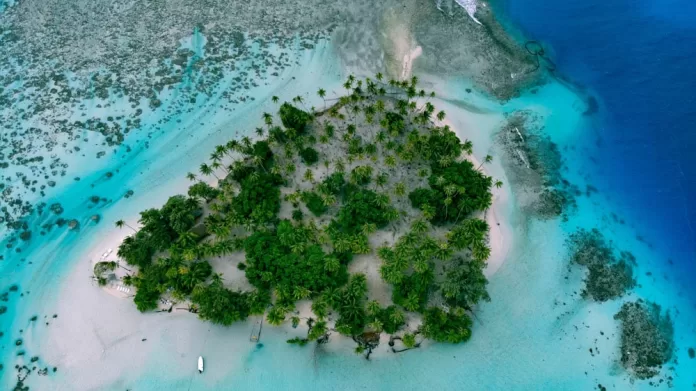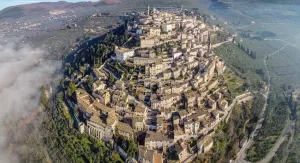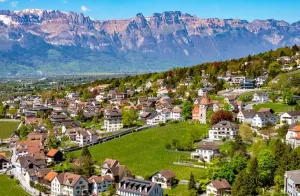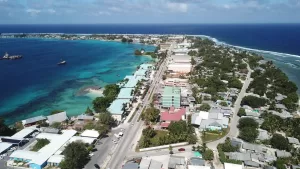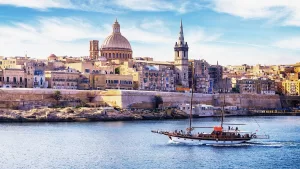Have you ever paused to consider the tiniest nations that grace our world map? These minuscule countries, while small in land area, possess a wealth of history, culture, and breathtaking natural beauty. Imagine walking from one end of a country to the other in less time than it takes to finish your morning coffee—this is a reality in some of the world’s smallest nations. From charming city-states nestled within bustling metropolises to remote island paradises scattered across vast oceans, these hidden gems offer unique experiences that captivate travelers.
In a world that often measures significance by size and power, these countries remind us that richness comes in many forms. Each has its own stories to tell, traditions to share, and landscapes to explore. Whether it’s the serene beaches of the Caribbean, the historical treasures of Europe, or the vibrant cultures of the Pacific, these tiny territories are packed with allure and adventure. Join us on a captivating journey as we explore the 10 smallest countries in the world, where every corner holds a surprise, and every visit leaves an indelible mark on the heart.
Vatican City
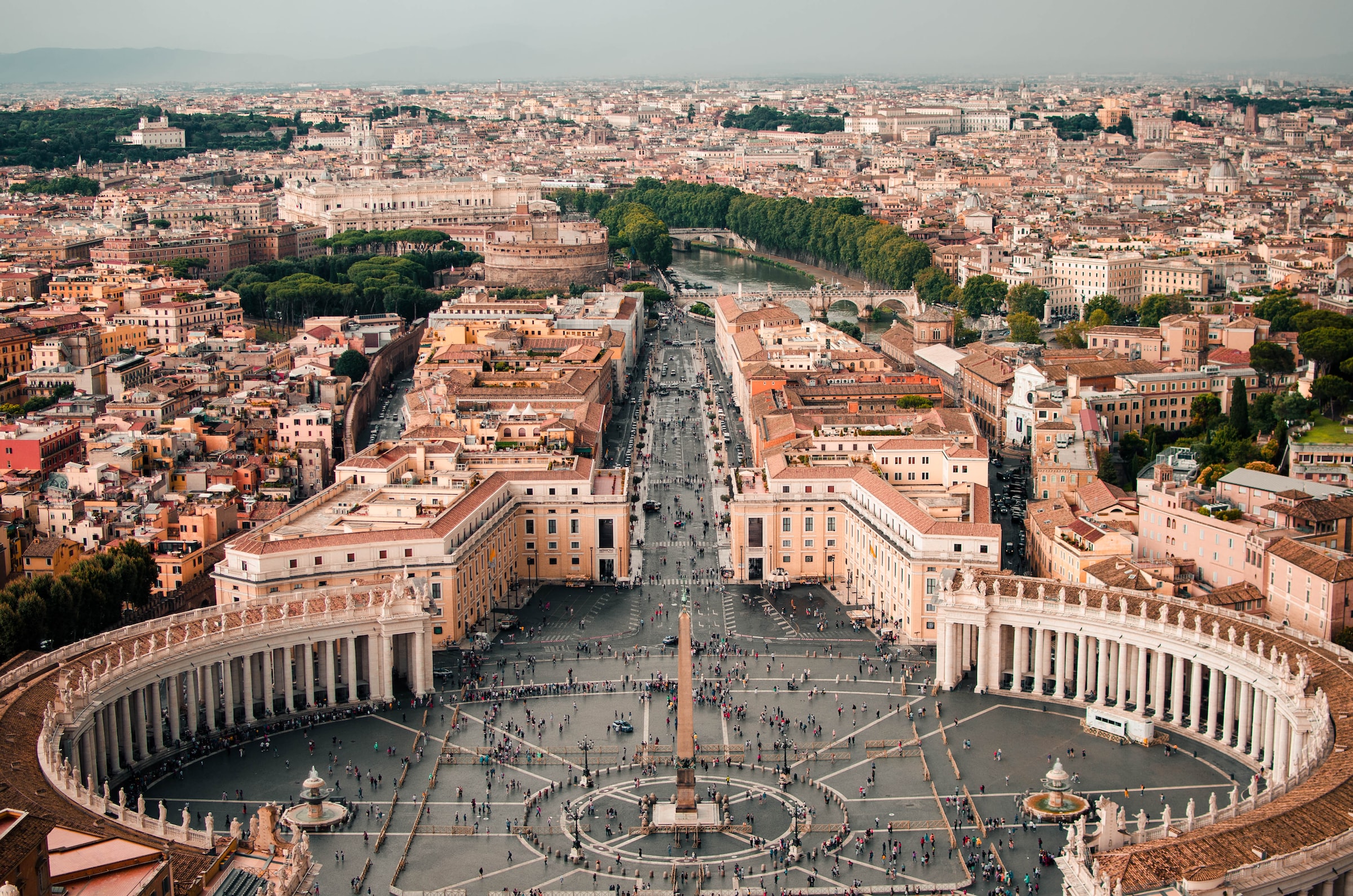
Vatican City stands as the smallest independent state in the world, encompassing just 0.44 km² and home to a population of approximately 497 residents. Nestled within the heart of Rome, this tiny enclave serves as the spiritual and administrative center of the Roman Catholic Church.
Founded in 1929 following the Lateran Treaty, the Vatican is not merely a geographical curiosity; it holds immense religious significance and cultural wealth. Visitors from around the globe flock to explore its magnificent landmarks, including the awe-inspiring St. Peter’s Basilica, renowned for its breathtaking dome designed by Michelangelo, and the Sistine Chapel, famous for its stunning frescoes, which are a pinnacle of Renaissance art.
Despite its size, Vatican City boasts a rich tapestry of history and art that belies its diminutive dimensions. It houses the Pope and serves as a pilgrimage site for millions, particularly during significant events like Easter and Christmas.
Monaco

Monaco, a glittering jewel on the French Riviera, is synonymous with luxury, opulence, and stunning coastal beauty. Covering just 2.0 km², it is one of the most densely populated countries in the world, with around 38,587 residents. This principality is world-renowned for its lavish lifestyle, offering a playground for the rich and famous. Visitors are drawn to its luxurious casinos, such as the iconic Monte Carlo Casino, and the high-stakes glamour of the Monaco Grand Prix, which transforms the streets into a thrilling racetrack every May. Perched along a picturesque Mediterranean coastline, Monaco is framed by dramatic cliffs that provide breathtaking views and create a stunning backdrop for its vibrant cityscape.
Monaco’s rich history is evident in its charming old town, Monaco-Ville, where the Prince’s Palace and the magnificent St. Nicholas Cathedral stand as testaments to its royal heritage. With its mild Mediterranean climate, beautiful gardens, and vibrant nightlife, Monaco captivates visitors with an irresistible allure. The Rock of Monaco, a geological formation that houses much of the city’s infrastructure, allows for panoramic views of the glittering sea, enhancing the sense of wonder in this enchanting destination.
Nauru
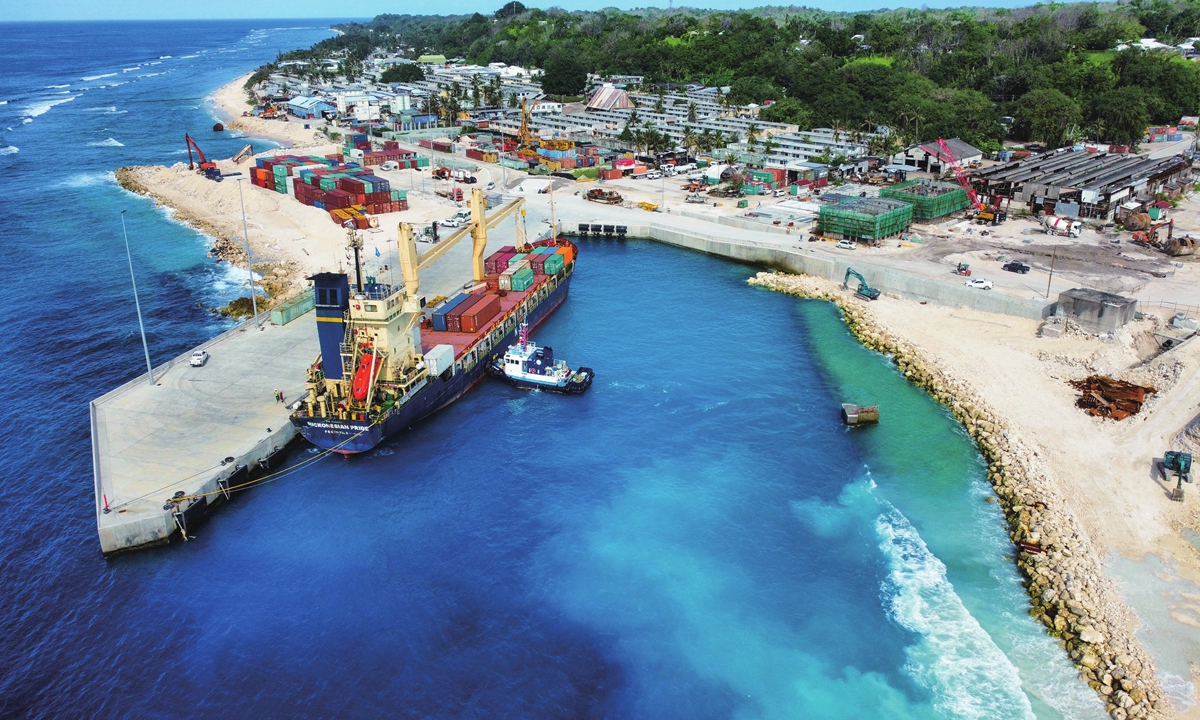
Nauru, a remote island nation in the central Pacific Ocean, is a hidden gem renowned for its stunning tropical landscapes and rich marine biodiversity. Spanning just 21 km², this small nation boasts a population of around 11,947 residents. Once a thriving center for phosphate mining, Nauru has transitioned into a haven for nature lovers seeking to explore its pristine environment. With no official capital, the district of Yaren serves as the administrative center, where visitors can experience the unique culture and warmth of the Nauruan people. The island features an encircling narrow coastal strip adorned with palm trees, providing a striking contrast to its rocky interior, including the picturesque Buada Lagoon nestled inland.
Despite its limited land area, Nauru’s diverse ecosystems are a treasure trove for eco-tourism enthusiasts. Travelers can dive into its crystal-clear waters to discover vibrant coral reefs teeming with life, or relax on secluded beaches that seem untouched by time. Established over 3,000 years ago, Nauru is also rich in cultural heritage, with opportunities to engage with local customs and traditions. Although the island faces economic challenges following the depletion of its phosphate reserves, it continues to attract visitors seeking unspoiled natural beauty and a glimpse into its unique history.
Tuvalu
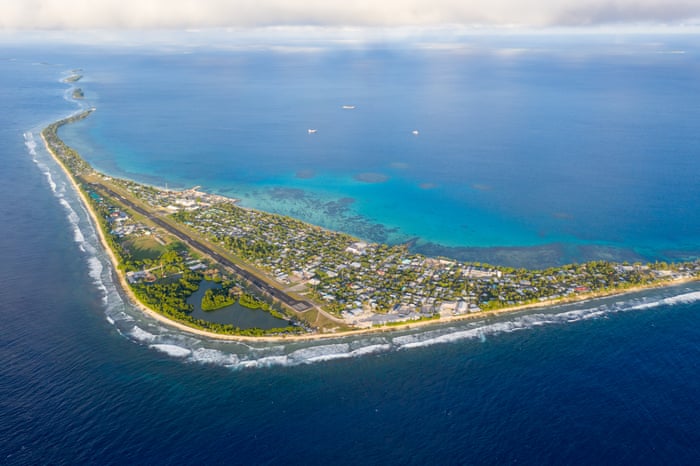
Tuvalu is a stunningly beautiful archipelago located in the South Pacific, consisting of nine coral atolls and covering an area of just 26 km². With a population of approximately 9,646, this remote nation embodies tranquility, boasting palm-fringed beaches and crystal-clear lagoons that invite visitors to unwind in paradise. Tuvalu’s laid-back lifestyle is a hallmark of its strong sense of community, where the pace of life is slow, and nature takes center stage. As one of the world’s smallest and most remote countries, Tuvalu offers an authentic island experience, with opportunities for snorkeling among vibrant coral reefs and soaking up the sun on pristine shores.
READ ALSO: 5 Countries Offering Job Seeker Visas Without Job Offers
Gaining independence in 1978, Tuvalu is notable not only for its idyllic scenery but also for its proactive approach to addressing climate change. The country has become one of the most affected by rising sea levels, prompting innovative strategies for sustainability and environmental preservation. Interestingly, Tuvalu has also capitalized on its unique Internet domain name, “.tv,” generating significant revenue through leasing agreements. Visitors to Tuvalu can expect genuine hospitality as they explore its unspoiled landscapes, partake in cultural festivities, and witness the resilience of its people amid global challenges.
San Marino
San Marino, perched atop the Apennine Mountains in northern Italy, is celebrated as the world’s oldest republic, with a rich history dating back to A.D. 301. Covering just 61 km² and housing a population of approximately 33,581, this microstate captivates visitors with its medieval charm and stunning panoramic views of the surrounding Italian countryside. Visitors can wander through cobblestone streets lined with ancient architecture, explore historic fortresses like Guaita, one of the three towers that define the skyline, and soak in the country’s vibrant cultural heritage. San Marino is also a UNESCO World Heritage site, recognized for its historical significance and well-preserved medieval structures.
Aside from its architectural allure, San Marino is known for its sporting achievements, particularly in football, where its national team has gained notoriety. The republic thrives on tourism, offering visitors a unique blend of history, culture, and natural beauty. Local cuisine showcases traditional dishes that reflect its Italian roots, making it a culinary delight as well. San Marino’s combination of historical depth and scenic beauty makes it a must-visit destination for those exploring the treasures of Europe.
Liechtenstein
Liechtenstein, nestled between Switzerland and Austria, is a picturesque principality characterized by its stunning Alpine landscapes and charming villages. With a population of about 39,870, this tiny nation boasts a total area of 160 km² and offers an abundance of outdoor adventures. Visitors can hike through breathtaking mountain trails, ski in world-class resorts, and explore medieval castles like Vaduz Castle, which overlooks the capital city of Vaduz. The pristine environment of Liechtenstein is complemented by its rich cultural scene, including art galleries and museums that celebrate the nation’s heritage.
Despite being landlocked and bordered entirely by other landlocked nations, Liechtenstein’s scenic beauty and vibrant culture make it an enchanting destination. The country has a strong economy, with a focus on financial services and high-tech industries. Visitors to Liechtenstein can enjoy local delicacies and immerse themselves in the warm hospitality of its people, making it a unique blend of natural wonders and cultural experiences.
Marshall Islands
The Marshall Islands, an archipelago of 29 atolls and five islands, stretches across the central Pacific Ocean, covering an area of 181.2 km². Home to around 37,548 residents, this nation is celebrated for its stunning coral reefs and rich marine biodiversity. The islands are characterized by flat terrains, averaging less than 3.4 meters above sea level, and are surrounded by vibrant lagoons that provide a playground for snorkelers and divers. With a culture steeped in tradition, the Marshall Islands offer visitors a chance to explore ancient customs, WWII relics, and the breathtaking beauty of their natural environment.
Rich in history, the Marshall Islands also offer insights into the resilience of its people, who have faced various challenges over the years, including the impacts of nuclear testing in the mid-20th century. As a sovereign nation, it seeks to balance traditional ways of life with modern challenges. Visitors can immerse themselves in the local culture while enjoying the idyllic scenery, making the Marshall Islands a captivating destination for eco-tourism enthusiasts.
Saint Kitts and Nevis
Nestled in the Caribbean Sea, Saint Kitts and Nevis is a duo of stunning tropical islands renowned for their pristine beaches, lush rainforests, and rich colonial heritage. Together, they form the smallest sovereign state in the Western Hemisphere, covering a total area of 261.5 km² and home to approximately 46,843 residents. The islands boast volcanic landscapes, with Mount Liamuiga rising majestically to 1,156 meters. Saint Kitts, the larger of the two islands, features charming colonial towns and historical sites, while Nevis, known for its laid-back vibe, offers tranquil beaches and vibrant greenery.
Gaining independence from the United Kingdom in 1983, Saint Kitts and Nevis has become a sought-after destination for travelers seeking adventure and relaxation. Visitors can hike through scenic trails, explore sugar plantations, and engage in a variety of water sports. The rich cultural heritage, combined with the breathtaking natural beauty of these islands, creates an inviting atmosphere that captivates all who visit.
Maldives
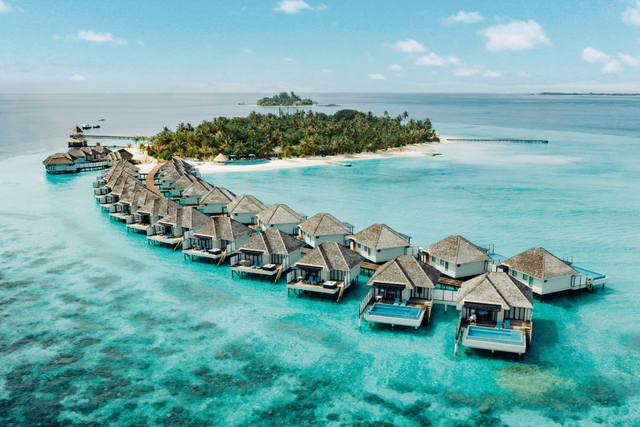
The Maldives is a tropical paradise celebrated for its stunning beaches, crystal-clear lagoons, and luxurious overwater bungalows. Located in the Indian Ocean near India’s southwestern coast, this chain of 26 atolls features some of the lowest elevations on Earth, with its highest point reaching just 2.4 meters above sea level. Despite its small size, the Maldives boasts rich biodiversity, home to over 2,000 species of fish and vibrant coral reefs. Visitors can enjoy secluded resorts, exhilarating diving experiences, and enchanting sunset cruises, making it an ideal destination for relaxation and adventure.
Malta
Malta, with a population of 539,607 and a GDP of $22.74 billion, is an island nation steeped in history and drenched in Mediterranean sunshine. Known for its ancient ruins and Baroque architecture, Malta offers a wealth of experiences, from exploring UNESCO World Heritage sites like Valletta to swimming in its stunning coves. Visitors can indulge in delicious Maltese cuisine and partake in various outdoor activities, making Malta a compact yet captivating destination filled with adventure and culture. The currency used is the Maltese lira, reflecting its rich heritage.

